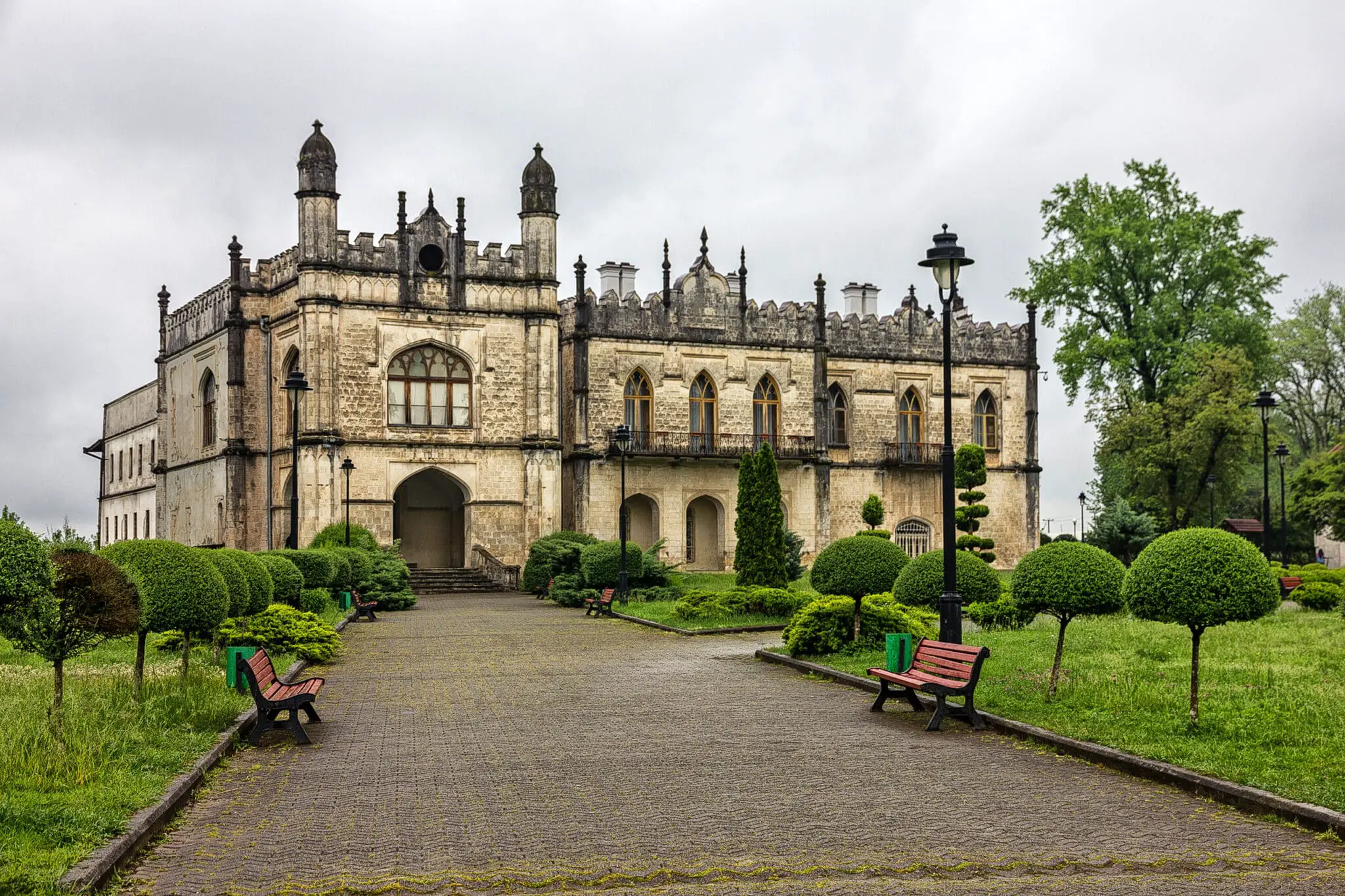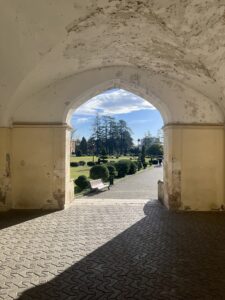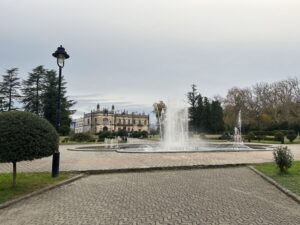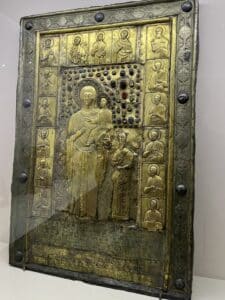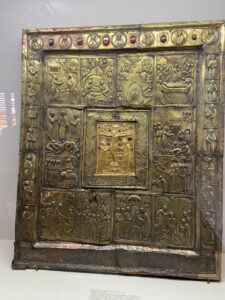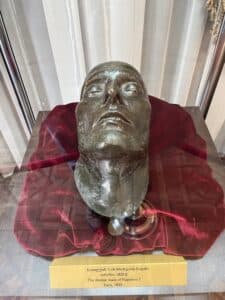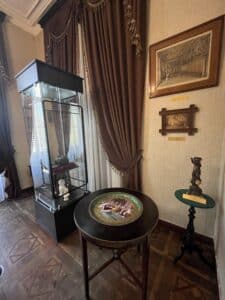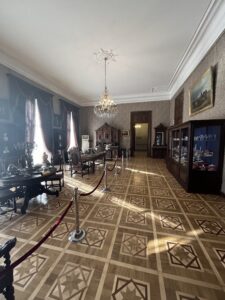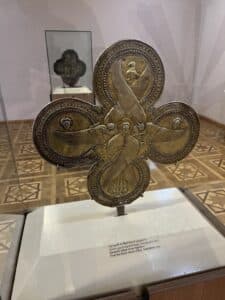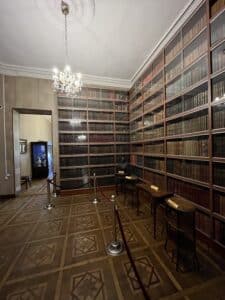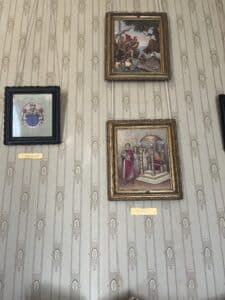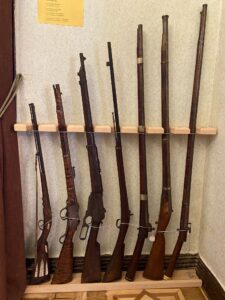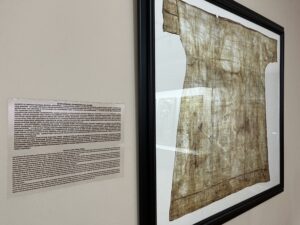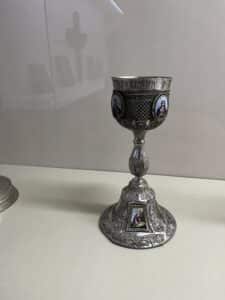The Dadiani Palaces Historical and Architectural Museum is the preserved former home and museum of the House of Dadiani. The Dadianis once ruled the Georgian region of Mingrelia and their noble family traces its history back one thousand years. The Dadiani Palace is the de-facto center of Zugdidi, a relatively small city that is still the capital of the region now known as Samegrelo. During Thanksgiving Break, two friends and I took the six-hour train ride from Tbilisi to see the tranquil city and the incredible museum at its heart.
The Larger Dadiani Museum Complex
The Dadiani Palace sits on a picturesque territory. After walking through the main gates, visitors are greeted by stone paths that go around the palace square’s maintained gardens and fountain. Aside from the main palace, the property features two other sites. One is the Blachernae Virgin Mary Church, a small but cozy temple that contains numerous Georgian Orthodox relics. Behind the church is the massive and beautiful botanical garden with many different paths, a diverse array of flora, and a large fish pond that is well worth spending at least an hour in.
From the main road we walked through the square and into the portico of the preserved neo-gothic palace. A worker told us that unlike other aristocratic estates in the area, Dadiani Palace survived the pillaging that destroyed many estates during the Bolshevik invasion and has remained virtually unchanged since its original owners were forced to vacate. As a result, visitors can enjoy a glimpse into nineteenth-century aristocratic life in a house-museum comparable to the Biltmore Estate in the United States (albeit a smaller version).
Touring The Dadiani Palaces
The museum has two exhibits, one being a treasury featuring important cultural and religious artifacts, and another dedicated to the Dadiani household itself. With an American student card, entrance to both only costs two lari ($0.75) per person (seven lari otherwise), and most exhibits have information translated into English available.
First, we went to the treasury exhibit, where I was pleasantly surprised to find one of the best cultural artifact collections I have seen in Georgia. The displays were primarily religious items used in the Georgian Orthodox Church, relics of the Mingrelian nobility, and ancient Colchis jewelry, much of which came from a local archeological expedition sponsored by David Dadiani. More impressively, almost all of them were made of gold, illustrating the region’s tradition of Georgian goldsmithery. The icons were some of the most beautiful and impressive I have ever seen, made of gold with precious gemstones hewn into them. The treasury also showcases images of a shroud that was allegedly worn by the Virgin Mary that has since been transferred to the local Iveri Virgin Mary Church.
After the treasury, we went to a different room where the Dadiani living space began. With a distinct European atmosphere, it felt like an aristocratic estate described in a Tolstoy novel. It had artisan wooden furniture, china plate cabinets, and beautiful paintings on the walls from a variety of European artistic traditions. There was a personal library with thousands of books including an impressive collection of rare manuscripts and French-language volumes, many of which came from the personal library of Napoleon Bonaparte.
The connection between Napoleon and the Dadiani House began when one of Napoleon’s nephews married a Migrelian princess and moved into the palace, bringing his collection with him. He also brought one of the four original death masks of Napoleon, which remains prominently encased in a glass display next to the ornate living and dining rooms.
The last room of the museum houses a remarkable collection of weapons such as cavalry sabres and rifles that primarily came as loot from imperial Russian wars in the nineteenth century, when the Dadianis ruled as autonomous subjects of the Russian Empire.
Go See The Dadiani Palaces
I came away from the museum with a greater appreciation of Georgian history. I have often heard that the Mingrelian region has historically been a region of Georgian royalty, a sentiment that was confirmed after visiting the museum. I never knew the extent of Georgia’s pre-imperial independent history and rich archeological heritage, and both the golden artifacts and noble history greatly interested me. In addition, the palace’s western style and French connection serves to show that Georgia’s European ties began well before the modern era and provides a unique glimpse into the history of this relationship which is today becoming all the more important as Georgia advances its bid for EU membership.
You Might Also Like
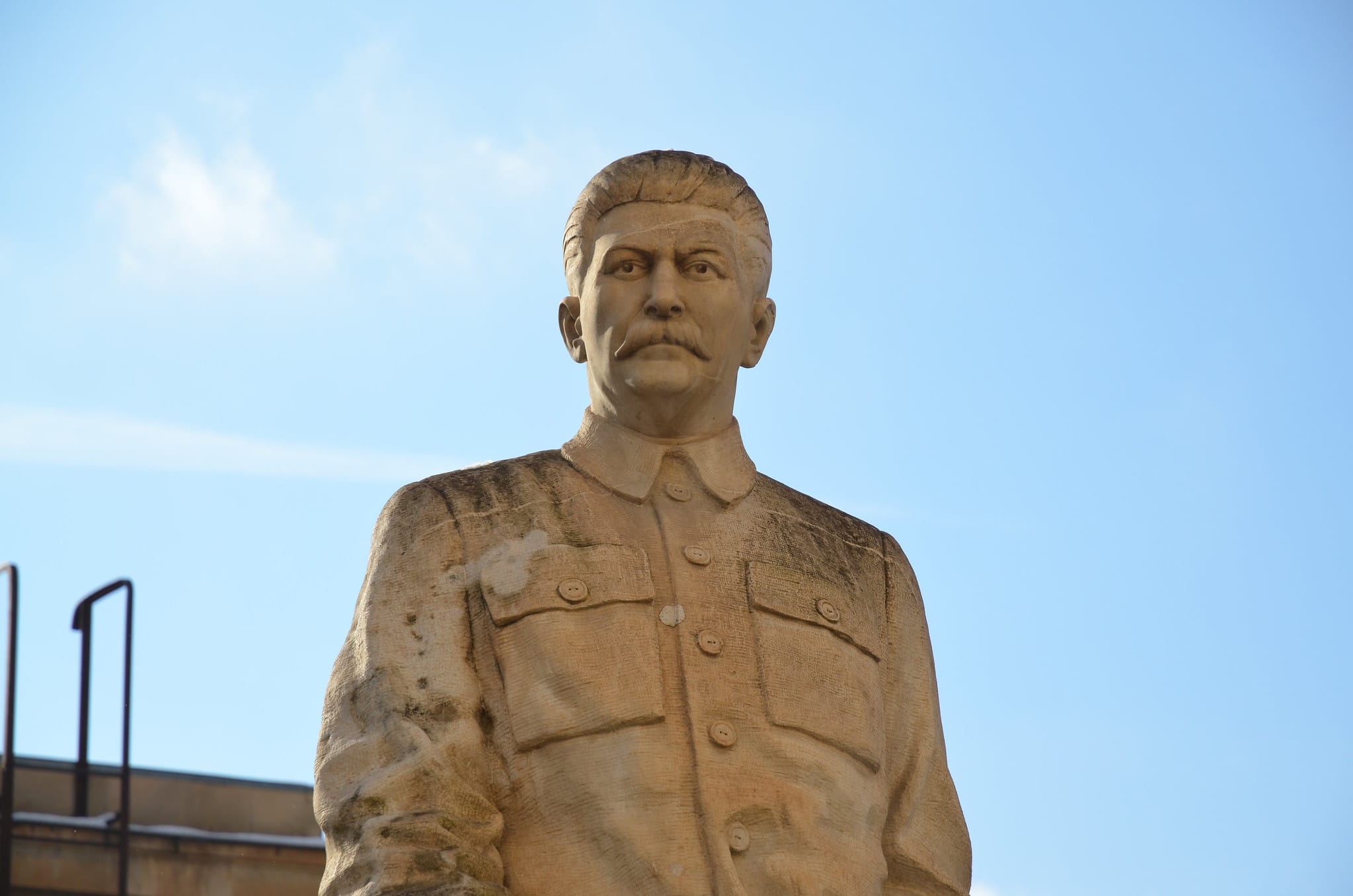
Stalin Museum in Gori, Georgia
Gori, located a ninety-minute drive from Tbilisi, may not catch a visitor’s eye at first. However, the town is forever cemented in history as the birthplace of one of the most well-known leaders in world history: Joseph Stalin. Born Ioseb Jughashvili, Stalin spent the first sixteen years of his life in Gori. While Gori hosts […]
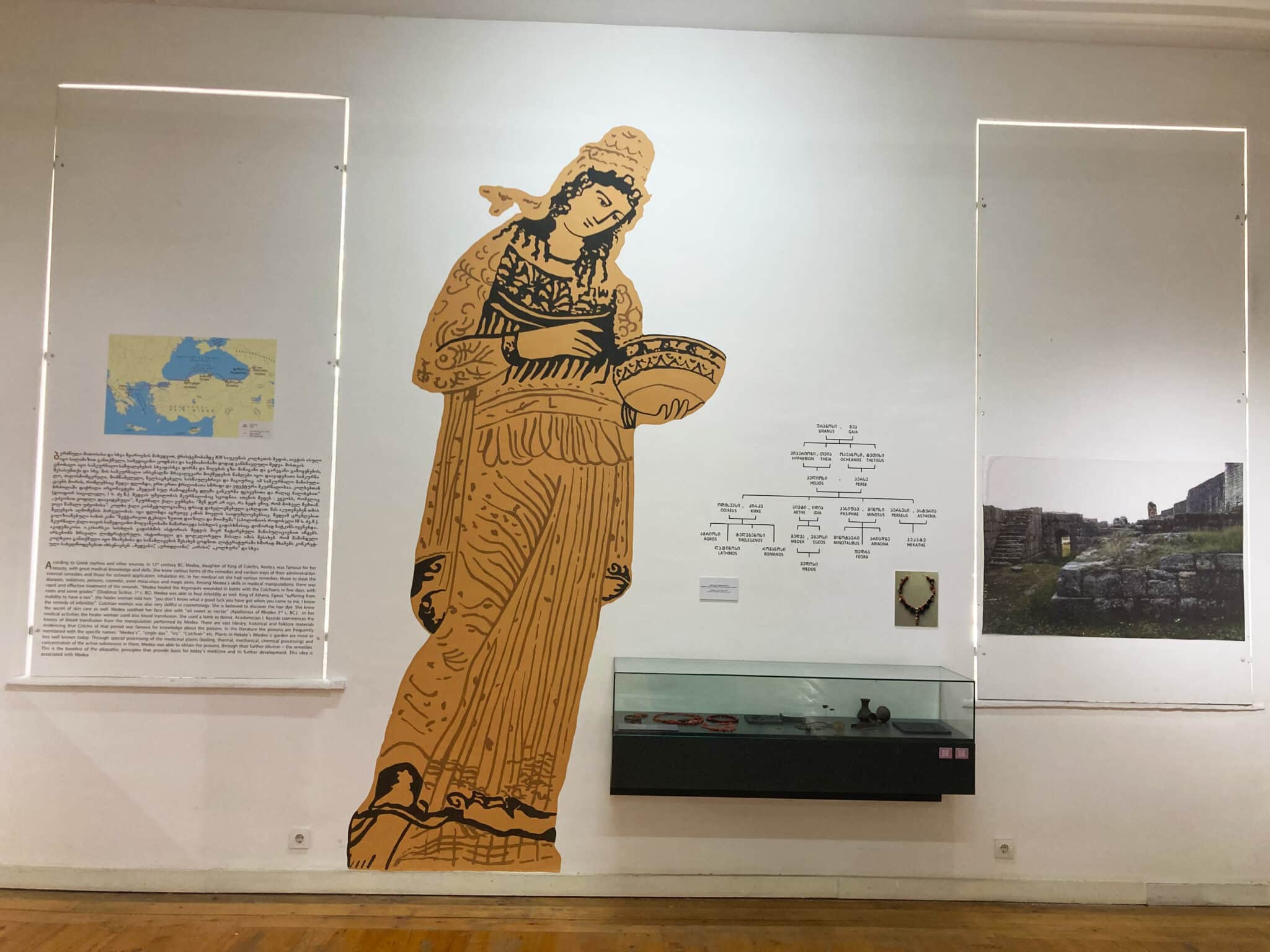
Museum of Georgian Medicine: Two Stories Told
Two visitors had two very different experiences at the same museum – visiting just days apart. The Museum of the History of Georgian Medicine examines Georgia’s long history through the context of medicinal practices. Along the way, we learn quite a lot of Georgia’s identity and even genetic makeup. This particular museum is a reminder […]
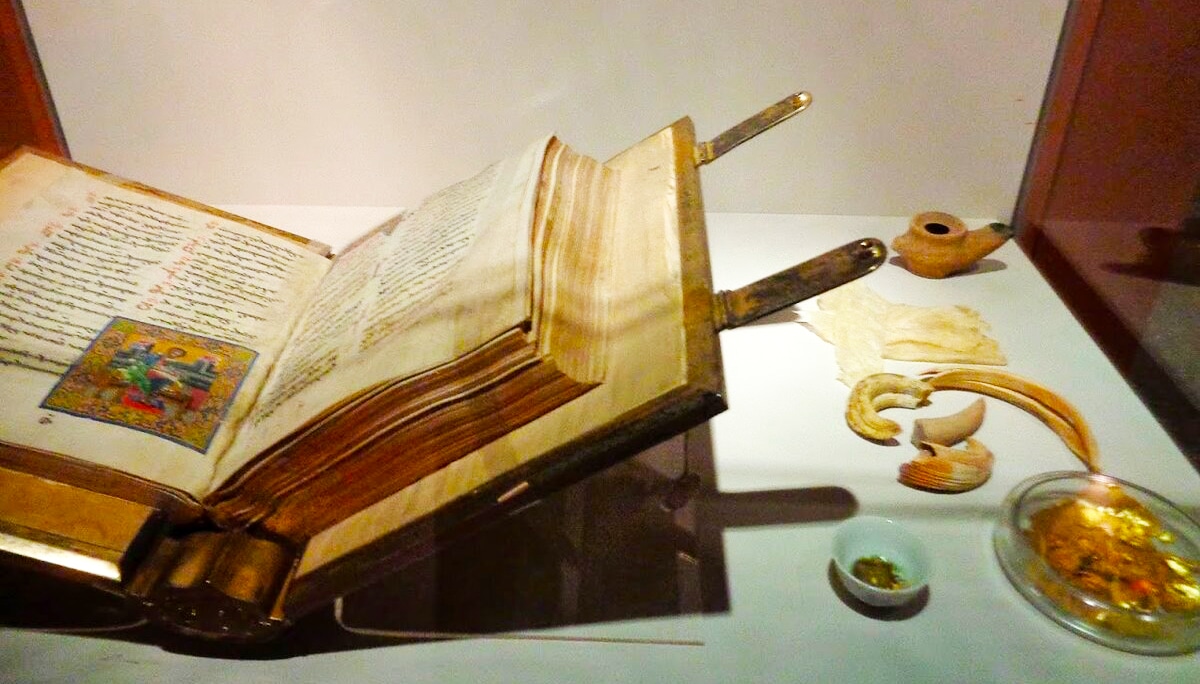
The Simon Janashia Museum of Georgia (The National Museum of Georgia)
The Simon Janashia Museum of Georgia is a great first stop in Georgia for an essential overview of the country’s place not only as a small country that has long lived at the crossroads of great empires but also as a modern nation with a layered millennia-old history unto itself. The museum shows the highlights […]
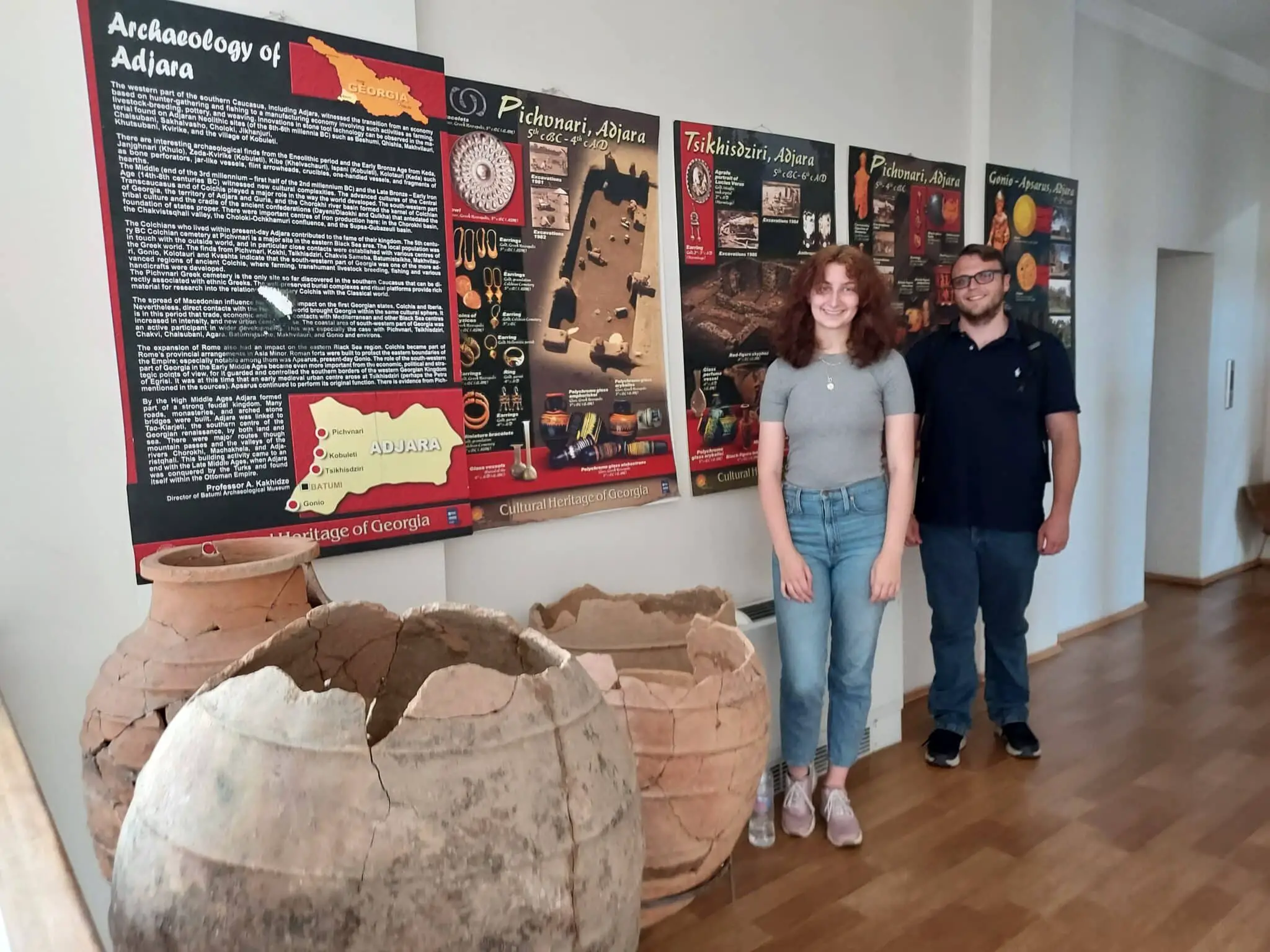
The Batumi Archeological Museum in Georgia
The Batumi Archeological Museum is centrally located on the main highway that runs through the city. It is a two-story stone building that houses a plethora of artifacts from Georgian excavation sites, bringing to life the story of the local people and their connections to European culture. History and Founding of the Batumi Archeological Museum […]
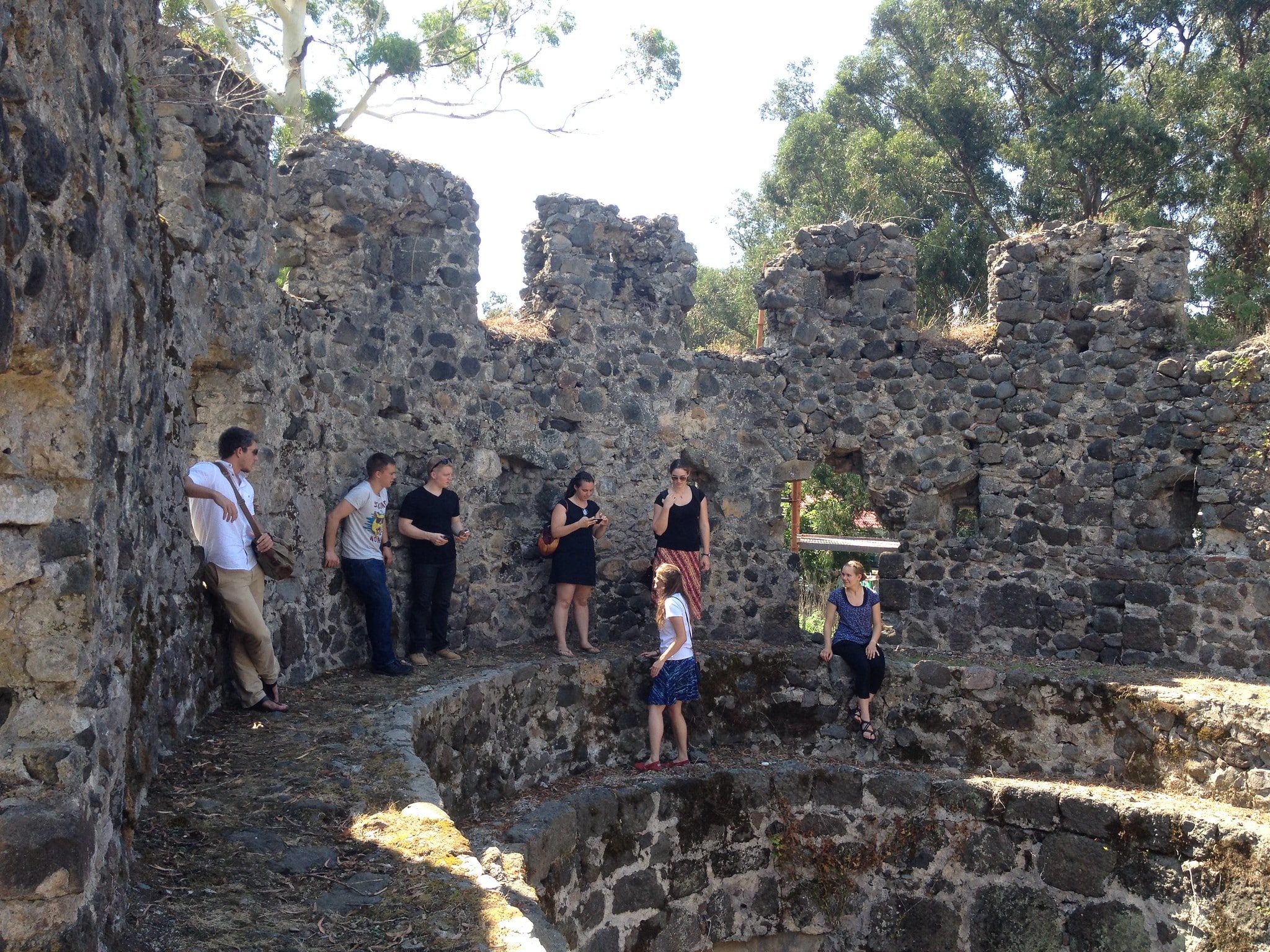
Fortress of Gonio: Georgia’s Roman Heritage
The Fortress of Gonio, located in Adjara, Georgia, is an ancient Roman fortification dating back to the 1st century AD. A strategic point along the Black Sea coast, over the centuries, it was expanded and fortified by the Byzantines and Ottomans. Today, the well-preserved remains of Gonio Fortress stand as an important cultural and archaeological […]


